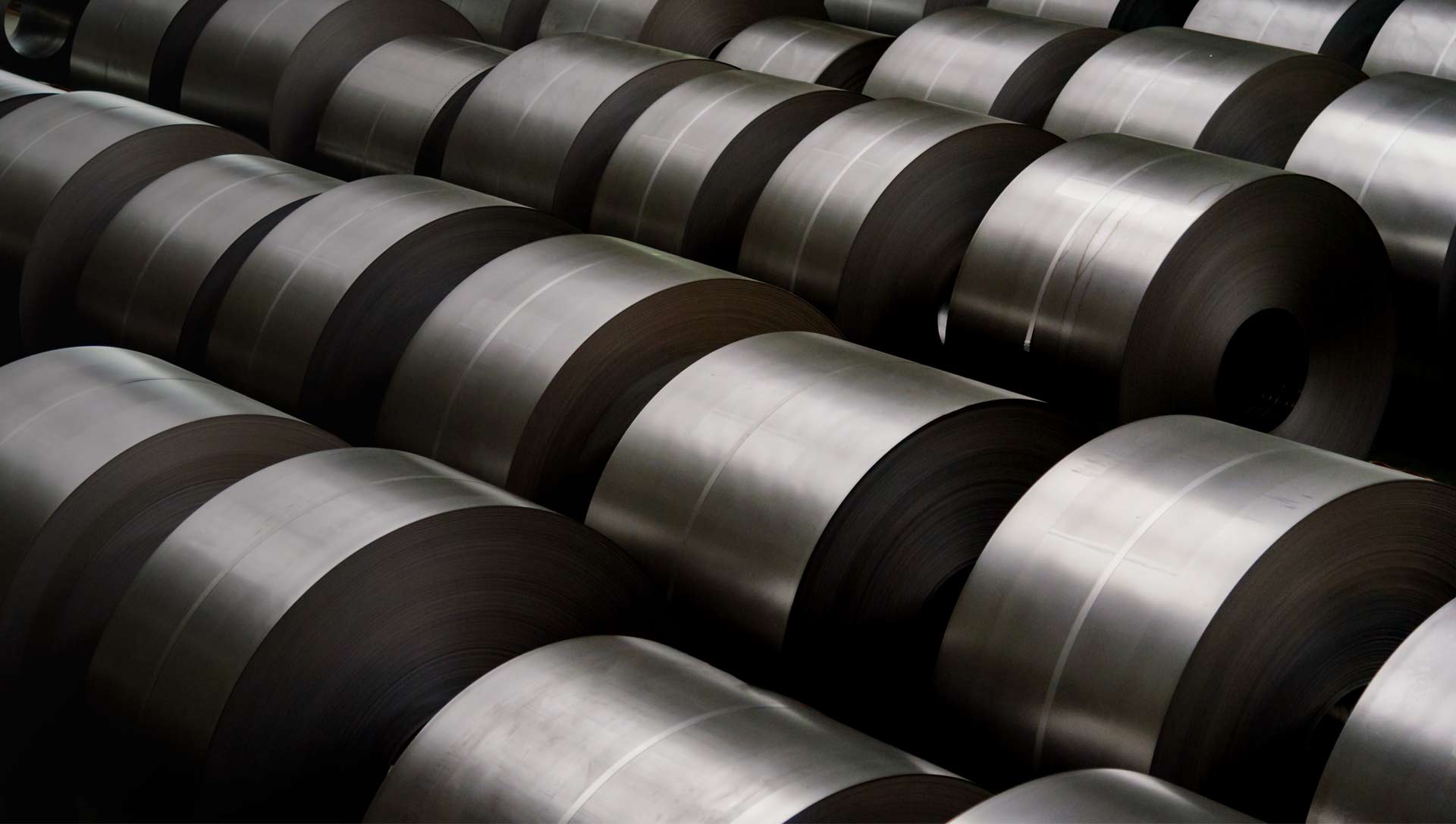
What is Trenchless Pipeline Inspection: How It Works and When to Use It
Trenchless pipeline inspection is a modern method that enables the examination and maintenance of underground pipelines without the need for extensive digging. Unlike traditional methods that involve excavating long trenches, trenchless techniques use advanced technology to inspect, repair, and assess pipelines while minimizing disruption to the surface. This method is particularly useful in urban areas, sensitive environments, and locations where maintaining the surrounding landscape is crucial.
How Trenchless Pipeline Inspection Works
Trenchless pipeline inspection relies on advanced tools and techniques to diagnose the condition of pipelines without extensive surface disruption. Here’s a breakdown of the primary methods used in trenchless inspection:
- CCTV Pipeline Inspection:
One of the most common trenchless inspection methods, CCTV pipeline inspection involves using a high-resolution camera mounted on a robotic crawler. The camera is inserted into the pipeline and navigated through it, capturing real-time footage. This footage helps detect issues such as blockages, cracks, and corrosion within the pipeline. The data collected is used to generate detailed reports, allowing engineers to assess the pipe’s condition without the need for excavation. - Acoustic Leak Detection:
This method utilizes sound waves to identify leaks in pipelines. A device is placed on the pipeline, and sound waves are transmitted through the pipe. Variations in the sound waves indicate potential leaks or damages. Acoustic testing is particularly effective for water leak detection services in pipelines, helping identify even the smallest leaks. - Sonar Profiling:
For pipelines that are submerged or filled with water, sonar profiling can be a valuable tool. It sends out sonar waves to create a detailed map of the inside of the pipe, making it easier to locate sediment buildup, blockages, or structural weaknesses. Sonar profiling is especially effective for inspecting pipelines in sewer systems or large-diameter water pipes. - Laser Profiling:
This technique involves using lasers to measure the internal diameter of the pipe and detect any deformations or structural issues. Laser profiling is often used alongside CCTV inspection to provide a comprehensive view of the pipe’s interior, making it ideal for detecting cracks, holes, and other deformations. - Drone-Assisted Inspection:
Drones equipped with high-definition cameras and thermal imaging capabilities are used to inspect pipelines in areas that are difficult to access. This method is particularly effective for above-ground pipelines, providing a bird’s-eye view of the pipeline route and identifying areas of concern.
When to Use Trenchless Pipeline Inspection
Trenchless pipeline inspection is not always necessary, but it is particularly advantageous in certain situations. Here are some scenarios where this method proves to be the most effective:
- Urban Areas with Limited Access:
In cities and densely populated regions, digging up streets and sidewalks to inspect pipelines can cause significant disruption to traffic and daily activities. Trenchless inspection allows for a non-invasive approach, making it ideal for urban infrastructure maintenance. - Environmentally Sensitive Areas:
Trenchless inspection is the preferred method for inspecting pipelines running through environmentally sensitive regions, such as wetlands, parks, and protected natural reserves. It minimizes soil disturbance and helps maintain the ecological balance. - Old or Deteriorating Pipelines:
Pipelines that are decades old may have developed internal cracks, corrosion, or leaks. Trenchless methods like CCTV inspection or laser profiling allow for a detailed assessment of the pipeline’s condition, enabling targeted repairs without the need for full-scale excavation. - Complex Pipeline Networks:
For industrial facilities, factories, and large commercial properties with intricate underground pipeline systems, trenchless inspection offers a way to evaluate pipeline conditions without disrupting operations. It helps identify specific sections that need attention, reducing overall downtime. - Water Supply and Sewer Line Maintenance:
Water leak detection services are crucial for maintaining the efficiency of water supply systems. Trenchless techniques, such as acoustic testing and CCTV inspection, provide an effective way to pinpoint leaks and reduce water loss. Similarly, sewer lines can be inspected using sonar profiling or robotic cameras, ensuring that any issues are addressed promptly. - Emergency Situations:
When a pipeline fails or a leak is detected, quick and efficient inspection is critical to prevent further damage. Trenchless methods allow for rapid diagnosis of the problem, reducing the time needed for repairs and minimizing disruption to service.
Advantages of Trenchless Pipeline Inspection
- Cost-Effective: Trenchless methods reduce the need for excavation, which can be expensive and time-consuming. This makes it a cost-effective solution for maintaining pipeline infrastructure.
- Reduced Environmental Impact: By avoiding extensive digging, trenchless inspection methods help preserve landscapes, reduce soil erosion, and minimize damage to surrounding vegetation.
- Faster Turnaround: Trenchless inspection allows for faster detection of pipeline issues, enabling quicker repairs and reducing the overall downtime.
- Accurate Diagnosis: The use of high-tech equipment like CCTV cameras, lasers, and sonar provides a detailed view of pipeline conditions, ensuring accurate diagnosis of potential problems.
Conclusion
Trenchless pipeline inspection represents a significant advancement in pipeline maintenance, offering a solution that is efficient, cost-effective, and environmentally friendly. It’s particularly valuable in urban areas, industrial facilities, and sensitive environments where preserving the landscape is essential. By using cutting-edge technology like CCTV inspection, laser profiling, and acoustic testing, Cornerstone Middle East ensures that pipeline systems remain in optimal condition without the disruption caused by traditional methods. Choose Cornerstone for your trenchless pipeline inspection needs in the UAE and GCC, and benefit from a service that combines innovation with precision.






Post a comment